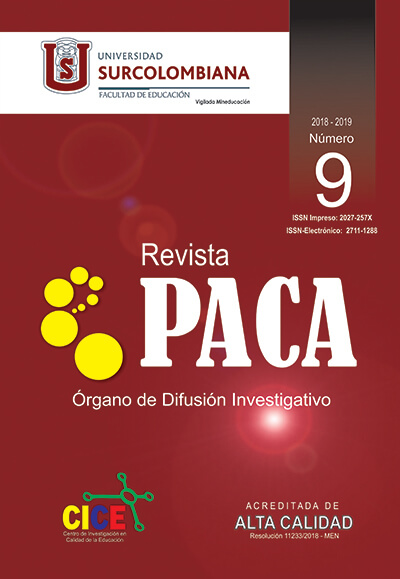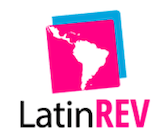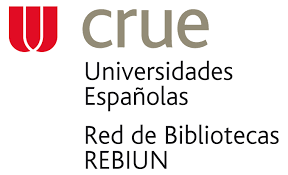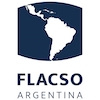Design and implementation of robotic tools for teaching mathematics in tecnoacademia
##plugins.themes.bootstrap3.article.main##
During the teaching-learning process of human beings, mathematics play a significant role in their daily lives, allows them to orient, make judgments about shapes and distances, or calculate the distribution of objects in space. Considering learning as a daily process of building knowledge, teaching will aim to guide the process. In that sense, this paper presented a pedagogical strategy that allowed the teaching-learning of applied mathematics in plane geometry and algebraic expressions, move to be from a simple thematic, to engage the learner in understanding the ways that nature offers. From this view, the aim of this research was to design and implement strategies supported on robotics platforms tools to improve math skills among eighth grade students at Tecnoacademia from Neiva, considering the theory of Multiple Intelligences by Gardner and Meaningful Learning of Ausubel and Vygotsky. The methodology was of quantitative approach, selecting 36 students as experimental group at two points. It was implemented robotic tools for teaching mathematics. Likewise, it was validated the effectiveness of this strategy using the statistical test of Wilcoxon Rank. As a result, it was obtained the design of two robots that allow for learners to facilitate and increase the significant improvement in problem solving about area, perimeter, algebraic expressions and also infer that the planning of teaching strategies are crucial to cognitive development of students in a training environment.
Downloads
##plugins.themes.bootstrap3.article.details##
Antonio Pérez Sanz. (s.f). Matemáticas: ordenar el caos. La búsqueda de un sueño. Jornada Internacional: Matemáticas everywhere.
Arduino (23 de Marzo de 2005). Arduino. Obtenido de Arduino: https://www.arduino.cc/
Ausubel (2002). Adquisición y retención del conocimiento. Una perspectiva cognitiva. Barcelona: Ed. Paidós.
Ausubel, D. (1998). Psicología educativa. Un punto de vista cognoscitivo. México: Trillas.
Benedito, E. (2000). Didáctica de la matemática moderna. México: Trillas. Castañeda, J. A. (2005). El maestro como artista: la formación. Intercontinental de Psicología y Educación, 10.
Gardner, H. (1983). Frames of Mind: The Theory of Multiple Intelligences. Nueva York: Basic Books.
Hernández, R., Fernández, R., & Baptista, P. (2007). Metodología de la investigación. México: McGraw-Hill.
Icfes. (2016). Resultados de noveno grado en el área de matemáticas. Neiva. Markarian, R. (2002). ¿Para qué enseñar matemática en la escuela primaria? Certidumbres e Incertidumbres.
MEN. (1998). Serie Lineamientos Curriculares. Colombia.
Moreno, I. d., & Castellano, L. (1997). Secuencia de enseñanza para solucionar ecuaciones de primer grado con una incógnita. EMMA, 12.
Morin, E. (2008). Introducción al pensamiento complejo. Madrid: Gedisa.
OCDE. (2013). Informe de Resultados en Español PISA 2012. Madrid.
Saavedra , M. S., & Acosta Sanchez, L. (2005). Matemáticas y robótica. Sociedad, Ciencia, Tecnologia y Matemáticas.
SENA (2016). Plan de acción lineamientos Tecnoacademia. Colombia.
SENA, C. D. (2010). Acuerdo 9 de 2010. Por el cual se establecen políticas para el programa de Tecnoacademias y Tecnoparques, 5. Bogotá, Colombia.
Smits, J. (2011). Marketing Reserch with SPSS. Koala Press Limited.
System, V. R. (2002). Obtenido de https://www.researchgate.net/publication/220090120_Implementation_and_Evaluation_of_Just_Follow_Me_An_Immersive_VR-Based_Motion-Training_System
Viloria, N., & Godoy, G. (2010). Scielo.org. Recuperado el 25 de febrero de 2016, de http://www.scielo.org
Vygotski. (1935/1984). Aprendizaje y desarrollo intelectual en la edad escolar. Infancia y aprendizaje. 116. En: https://dialnet.unirioja.es/servlet/articulo?codigo=668448
































